Introduction
Water bamboo, scientifically known as Zizania latifolia, is an aquatic grass widely cultivated for its edible rhizomes, commonly referred to as water chestnuts or, more accurately in some regions, as jiaobai. Native to Southeast Asia and China, this vegetable has become a staple in many Asian cuisines due to its crisp texture and mild, slightly sweet flavor. Its versatility allows it to be used in a variety of dishes, ranging from stir-fries and soups to salads and desserts. However, handling and preparing water bamboo correctly is crucial to maximizing its culinary potential and ensuring a pleasant eating experience. This comprehensive guide will walk you through the steps of selecting, storing, cleaning, cooking, and incorporating water bamboo into your favorite recipes.
Selecting the Best Water Bamboo
When shopping for water bamboo, there are several factors to consider to ensure you bring home the freshest and highest quality produce.
-
Appearance: Look for rhizomes that are firm and straight, with a smooth, glossy exterior. Avoid those that are wrinkled, soft, or have spots, as these may indicate spoilage or old age.
-
Size: While size can vary, generally, larger rhizomes tend to be more mature and may have a coarser texture. Smaller, younger rhizomes are often preferred for their tenderness and sweeter taste.
-
Freshness: Fresh water bamboo should have a clean, earthy aroma. Any strong, off-putting odors are a sign of spoilage.
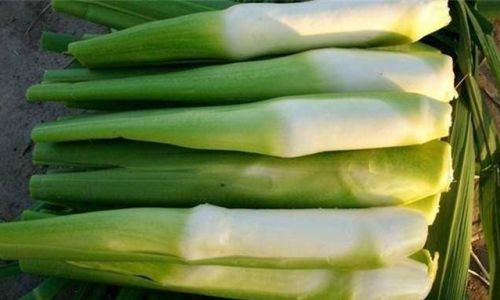
-
Source: If possible, opt for locally grown water bamboo as it is likely to be fresher and more sustainable. Additionally, ask your vendor about the harvesting and storage practices to ensure the product’s quality.
Proper Storage Techniques
Once you’ve selected your water bamboo, proper storage is essential to maintain its freshness and quality until you’re ready to use it.
-
Refrigeration: The best way to store water bamboo is in the refrigerator. Wrap the rhizomes tightly in plastic wrap or place them in an airtight container lined with damp paper towels to retain moisture. This helps keep them crisp and prevents dehydration.
-
Duration: Properly stored, water bamboo can last up to a week in the refrigerator. However, it’s best to use them within a few days for optimal freshness and flavor.
-
Avoid Freezing: While some vegetables can be frozen, water bamboo does not fare well in frozen states. Freezing can cause the cells to break down, resulting in a mushy texture when thawed.
Cleaning and Preparation
Cleaning and preparing water bamboo may seem straightforward, but there are a few tips to ensure you get the best results.
-
Rinsing: Start by rinsing the rhizomes under cold running water to remove any dirt or debris on the surface.
-
Peeling: Although some varieties have thin, edible skins, it’s often recommended to peel water bamboo to remove any tough outer layers. Use a vegetable peeler or a sharp knife to gently scrape away the skin, being careful not to cut into the flesh.
-
Slicing and Dicing: Once peeled, you can slice or dice the water bamboo according to your recipe’s requirements. For stir-fries and salads, thin slices or small dice work well. For soups and stews, larger chunks may be preferred.
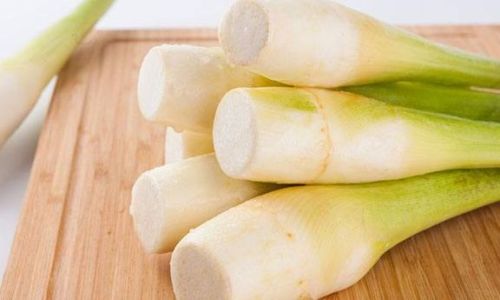
-
Soaking (Optional): Some recipes call for soaking water bamboo in water or a solution of water and vinegar for a short period to further remove any residual dirt or to enhance its crispness. However, this step is generally optional and depends on personal preference and the specific recipe.
Cooking Techniques
Water bamboo’s mild flavor and crisp texture make it versatile in various cooking methods. Here are some popular techniques to try:
-
Stir-Frying: One of the most common ways to cook water bamboo is by stir-frying. Heat a small amount of oil in a wok or large skillet over medium-high heat. Add garlic, ginger, and any other aromatics, followed by the sliced or diced water bamboo. Stir-fry for a few minutes until the vegetables are tender-crisp and lightly browned. Season with salt, pepper, and your favorite soy-based sauce for flavor.
-
Steaming: Steaming preserves the natural sweetness and crispness of water bamboo. Place the prepared rhizomes in a steamer basket over boiling water. Cover and steam for about 5-7 minutes, or until tender. Serve with a light soy sauce or dipping sauce for added flavor.
-
Boiling: Boiling is another quick and easy method. Simply drop the prepared water bamboo into boiling water and cook for 3-5 minutes. Drain and use immediately in salads, soups, or as a side dish.
-
Soups and Stews: Water bamboo adds a delightful crunch to soups and stews. Add it towards the end of cooking to prevent overcooking and maintain its texture.
-
Baking and Roasting: For a unique twist, try baking or roasting water bamboo. Toss the pieces with olive oil, salt, and pepper, then spread them out on a baking sheet. Bake at 400°F (200°C) for about 10-15 minutes, or until lightly browned and tender.
-
Raw Use: Due to its crispness and mild flavor, water bamboo can also be enjoyed raw in salads or as a crunchy garnish.
Incorporating Water Bamboo into Recipes
Water bamboo’s versatility allows it to be seamlessly integrated into a wide range of recipes. Here are a few ideas to inspire your culinary creativity:
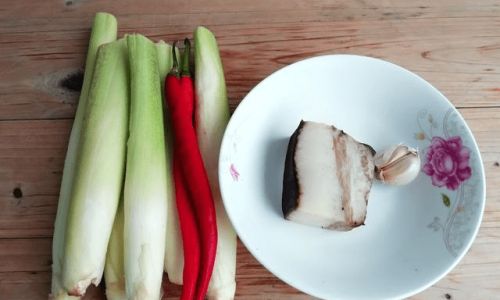
-
Water Bamboo and Shrimp Stir-Fry: Combine sliced water bamboo with shrimp, bell peppers, and snap peas in a stir-fry with a garlic-ginger sauce. Serve over jasmine rice for a complete meal.
-
Vegetable Soup with Water Bamboo: Add diced water bamboo to a hearty vegetable soup along with carrots, potatoes, celery, and beans. The contrast of textures and flavors makes for a satisfying and nutritious dish.
-
Water Bamboo Salad: Create a refreshing salad by combining shredded water bamboo with cucumber, red bell pepper, cilantro, and mint. Dress with a lime-ginger vinaigrette for a zesty, tangy flavor.
-
Water Bamboo and Pork Dumplings: Incorporate finely chopped water bamboo into pork dumpling fillings for an added crunch and subtle sweetness. Serve with a soy-vinegar dipping sauce.
-
Roasted Water Bamboo with Herbs: Toss water bamboo pieces with olive oil, salt, pepper, and fresh herbs like thyme or rosemary. Roast until tender and slightly caramelized for a savory, aromatic side dish.
-
Water Bamboo Dessert: For a sweet treat, try making a water bamboo pudding or incorporating it into a fruit salad with honeydew, cantaloupe, and kiwi. The crispness complements the sweetness of the fruit.
Conclusion
Water bamboo, with its unique texture and delicate flavor, is a valuable addition to any kitchen. By following the steps outlined in this guide—from selecting and storing to cleaning, preparing, and cooking—you can ensure that your water bamboo dishes are not only delicious but also visually appealing and nutritious. Whether you’re a seasoned chef or a home cook exploring new ingredients, water bamboo offers a world of culinary possibilities. Experiment with different recipes and cooking techniques to discover your favorite ways to enjoy this versatile vegetable. Happy cooking!
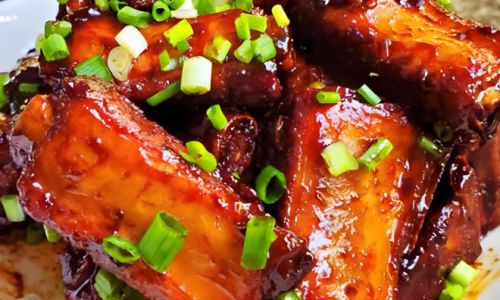
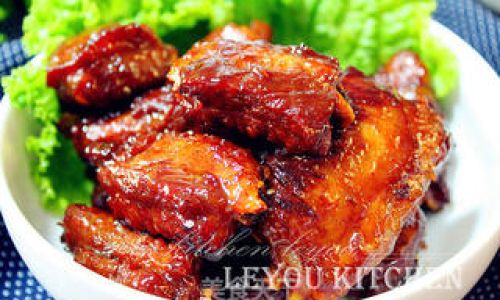


0 comments